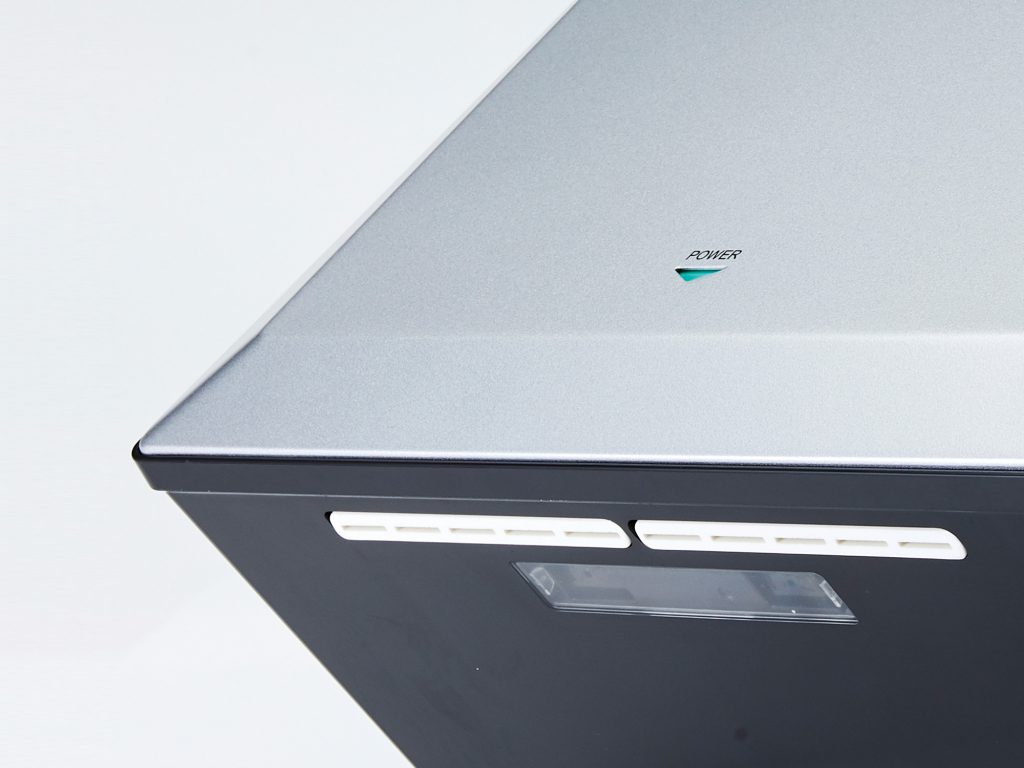Is your school wasting energy with inefficient hand dryers?
In an average school, where hand dryers are used more than 500 times each day, energy usage can be considerable, but choosing a more efficient dryer could reduce costs by more than 60% as well as having a major impact on C02 emissions because of wasted electricity.
As schools look to make their budgets go further and move towards a net zero future, updating hand dryers can help to achieve both goals.
How Efficient are Hand Dryers
Conventional hand dryers will often consume large amounts of power to run. The design of an evaporative hand dryer (where warm air is blown slowly over the hands) requires both a fan and a heating element to work. Using such a dryer can take upwards of 30 seconds. Most commercial hand dryers will use between 750w and 1000w to operate.
In a typical school, where hand dryers may be used more than 500 times per day, this can mean incurring annual running costs of around £159.
The more efficient Mitsubishi Electric Wave i01 hand dryer uses a fast-moving jet of air to blow water droplets off the skin. In standard mode without a heater, it uses just 560w of electricity and works in around 13 seconds, which has a significant effect on electricity use – over the course of a year, the savings can be as much as £111.
Hand dryers can also be much more cost effective than using disposable paper towels (and better for the environment). Using an equivalent number of paper towels annually would cost as much as £1,460, as well as contributing to the amount of waste the school will send to landfill.

